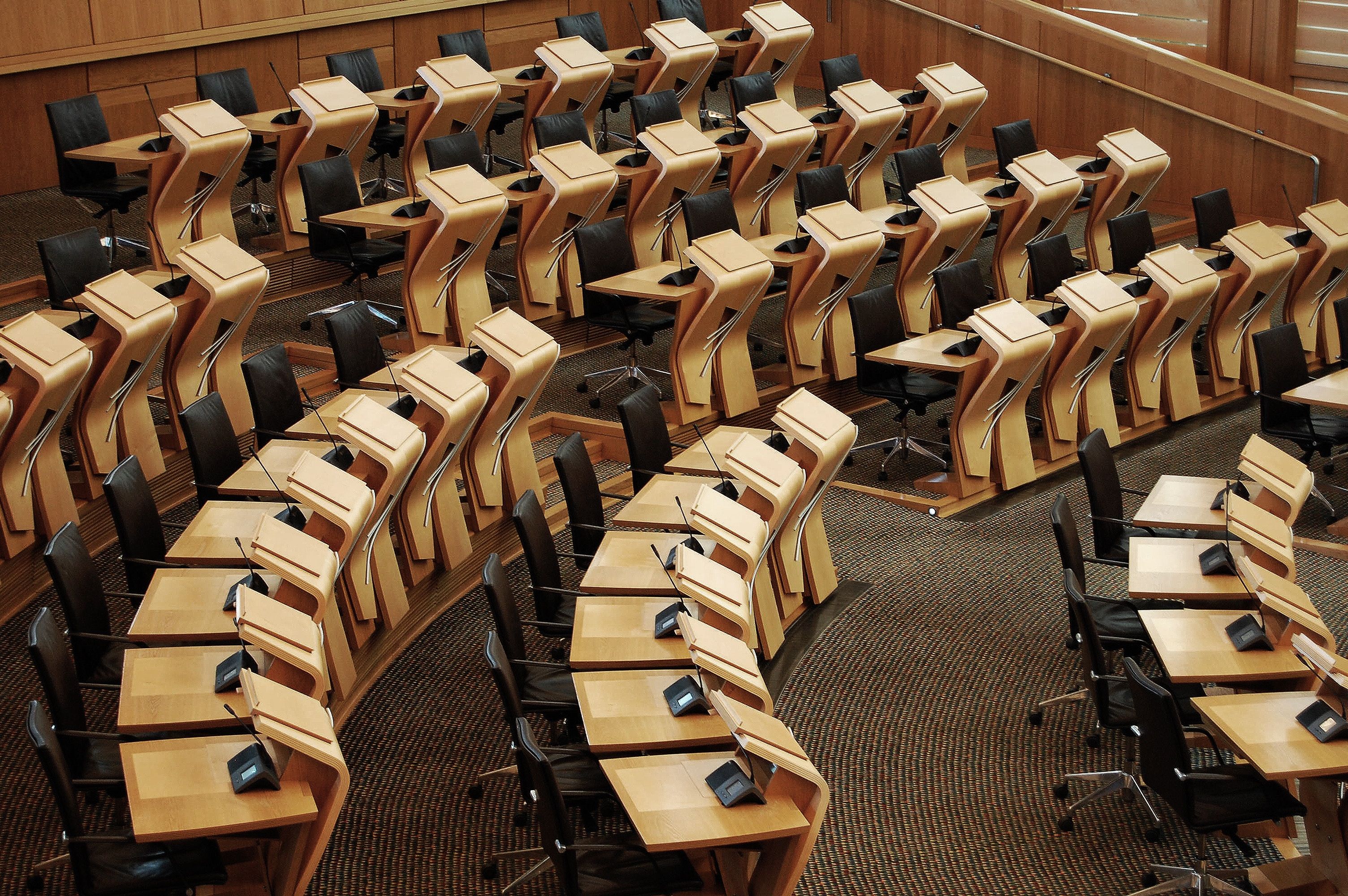Protect and restore natural marine carbon habitats
Cease damage to all biogenic reefs, seagrass, kelp and other habitats which sequestrate carbon, and establish regeneration targets for each.
The Scottish Government should introduce statutory protection of biogenic reefs, maerl beds, seagrasses, kelp beds and other habitats which lock up carbon, and develop a programme of reestablishment to create new habitats.295
There is increasing evidence that kelp forests and seagrass beds, as found in Scottish coastal areas, are important pathways for CO2 sequestration. NatureScot estimates that Kelp may sequestrate up to 6.6MtCO2e/yr 296 (though only 10% of this may be incorporated in long term carbon stores).297 Danish research indicates seagrass beds sequester 0.1MtCO2e/km2 in the top 25cm of associated sediment alone.298 There are significant gaps in knowledge of the distribution of seagrass, and of the Scottish kelp and seagrass populations that have been mapped, there are data gaps regarding the density, depth, wave exposure or other features of these locations, which impact their ability to sequester carbon. Additional questions remain regarding the stability and longevity of these stores in comparison with the more stable marine sediments. There is further research evidence that these ‘blue forests’ if undisturbed are substantially more stable than terrestrial forests, as they can exist for millennia (whilst terrestrial forests have shorter lifespans).
Degradation of these habitats is anticipated to result in increased CO2 emissions.299 Conversely the expansion of these areas is expected to increase carbon sequestration – although the impact of such measures is dependent upon the fate of detritus. The University of Swansea and WWF have commenced a seagrass restoration project in Welsh inshore waters300 which is expected to yield valuable data to inform policy, and the WWF-led Restoration Forth project in partnership with communities and organisations aims to restore seagrass meadows.301 The rationale for protecting and expanding terrestrial forests is just as valid for ‘blue forests’. Equally, it is important that the full pathways for sequestered carbon – such as the detritus from kelp plants – are protected from the kelp forests to the final locations on the seafloor where it is added to the benthic sediment.
It should be noted that seagrasses can be, and are, included in national accounting, according to the IPCC 2013 Supplement to the 2006 Guidelines for National Greenhouse Gas Inventories: Wetlands.
For further information:
- Scotland’s forgotten carbon: a national assessment of mid-latitude fjord sedimentary carbon stocks, Smeaton et al, 2017, https://bg.copernicus.org/articles/14/5663/2017/bg-14-5663-2017.pdf
- Re-Evaluating Scotland’s Sedimentary Carbon Stocks, Scottish Government, Marine Scotland, 2020, https://data.marine.gov.scot/sites/default/files/SMFS%201102.pdf
FEAST search page, Marine Scotland, 2023, https://www.marine.scotland.gov.uk/FEAST/FeatureReport.aspx#0
Burrows M.T., Kamenzos N.A., Hughes D.J., Stahl H., Howe J.A. & Tett P. 2014. Assessment of carbon budgets and potential blue carbon stores in Scotland’s coastal and marine environment. Scottish Natural Heritage Commissioned Report No. 761.
ibid
Blue carbon stocks in Baltic Sea eelgrass (Zostera marina) meadows, Röhr et al, 2016, https://bg.copernicus.org/articles/13/6139/2016/
A blueprint for blue carbon: toward an improved understanding of the role of vegetated coastal habitats in sequestering CO2, McLeod at al, 2011, https://esajournals.onlinelibrary.wiley.com/doi/full/10.1890/110004
Project Seagrass home page, 2023, https://www.projectseagrass.org/seagrass-ocean-rescue

